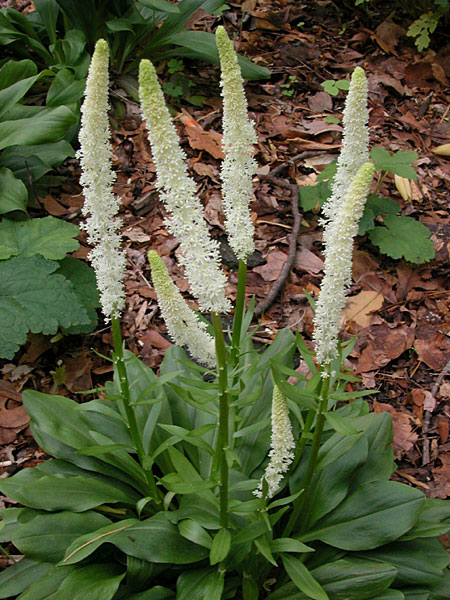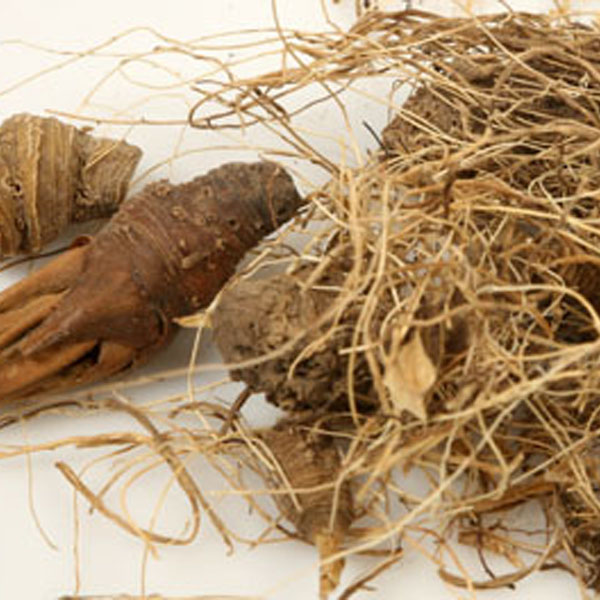 Chamaelirium
luteum.
False unicorn,
Helonias, Blazing star
Family: Liliaceae
Chamaelirium
luteum.
False unicorn,
Helonias, Blazing star
Family: Liliaceae
PART USED: Underground parts
TASTE: Astringent at first, bitter later ODORLESS
ACTIONS
GROUP: The Endocrine and Reproductive Systems- Reproductive System Tonics
1. Bitter tonic.[2]
2. Oestrogenic.[2]
3. Uterine tonic.[1,3]
4. Diuretic.[3]
5. Emetic.[3]
6. Anthelmintic. [3]
INDICATIONS
1. Suppressed menstruation especially with melancholy. Amenorrhea.[1] Menorrhagia with shortened menstrual cycle.[2] Ovarian dysmenorrhea.[1,2] Leukorrhea.[1,2] Vomiting during pregnancy.[1,2] As a miscarriage preventative or in the event of a threatened miscarriage.[1,2] As a uterine tonic after miscarriage.[2] Uterine weakness prolapse or malposition.[2] Menopausal problems.[2]
2. Anorexia.[2] Dyspepsia.[2]
3. Liver disorders.[2]
4. Disorders generally including albuminuria.[2]
SPECIFIC INDICATIONS: Amenorrhea.[1,3] and dysmenorrhea. Threatended miscarriage and also morning sickness.[3]
COMBINATIONS
- Combines well with Trillium.
PREPARATIONS: 3X/day
Dried roots 1-2 g,[1,2] or by infusion.
Fluid extract 1:1 in 45% alcohol 1-2 ml.[1,2] 2-4 ml.[3]
Tincture 1:5 in 45% alcohol 2-5 ml.[1,2]
SIDE EFFECTS: Large doses may cause nausea and vomiting.[1]
